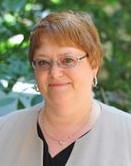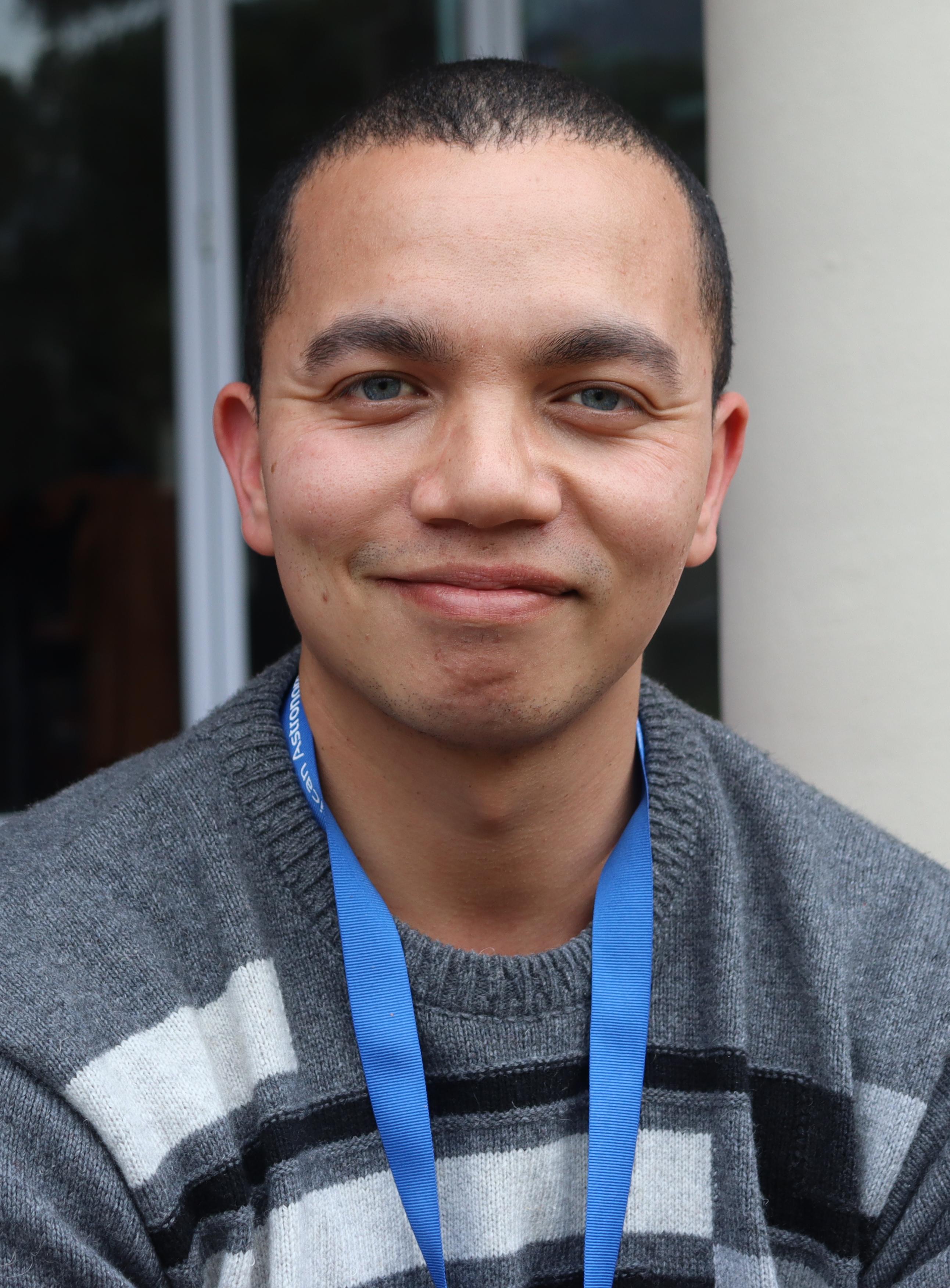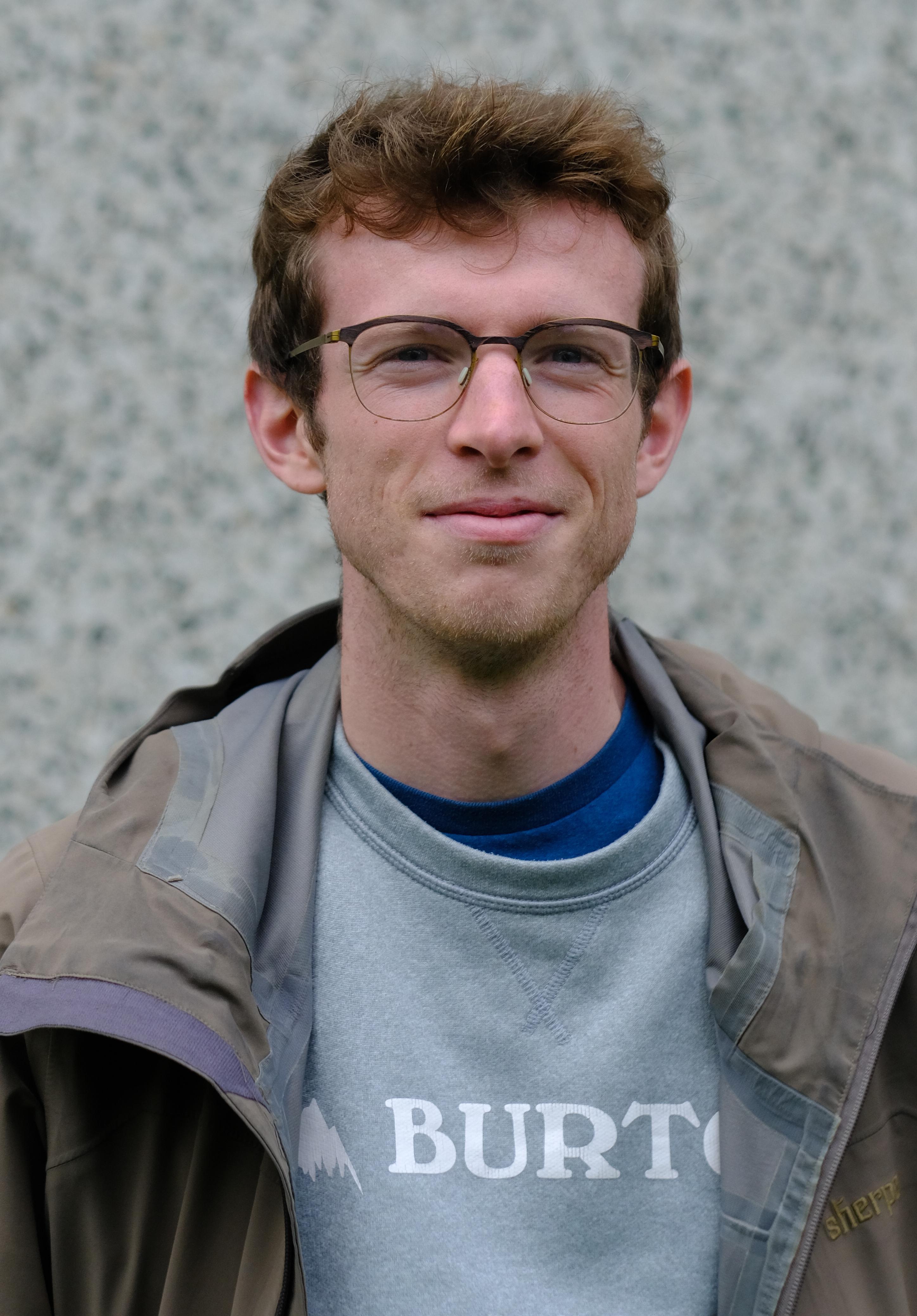Astronomy Education Research
Parallel Session
6th Shaw-IAU Workshop on Astronomy for Education
Session timeblocks
Tuesday Nov. 12, 2024
UTC: 9 a.m. -
10:30 a.m.
America/New_York:
4 a.m.-
5:30 a.m.
Thursday Nov. 14, 2024
repeated:
UTC: 8 p.m. -
9:30 p.m.
America/New_York:
3 p.m.-
4:30 p.m.
This session will focus on the methodology and frameworks that are used in Astronomy Education Research. The session will also incorporate research into astronomy learning, teaching, and knowledge creation in astronomy, drawing connections to education, cognitive science, neuroscience and psychometrics.
Schedule
-
Mixed Methods Designs for Astronomy Education Research
Tuesday Nov. 12, 2024
UTC: 9 a.m. - 9:15 a.m. America/New_York: 4 a.m.- 4:15 a.m.Thursday Nov. 14, 2024
UTC: 8 p.m. - 8:15 p.m. America/New_York: 3 p.m.- 3:15 p.m.Mixed methods research designs bring together both quantitative and qualitative components to maximize the strengths and limit the weaknesses inherent to either alone. Research questions addressed by mixed methods can vary widely, and the three most common designs—convergent, exploratory sequential, and explanatory sequential—serve different investigative purposes. Convergent designs typically collect different data types at the same time and allow for a comparison across them. Exploratory sequential uses qualitative methods to get an initial idea of the scope of the problem, which can then lead to more meaningful development of quantitative measures. Explanatory sequential designs incorporate surveys or other quantitative approaches followed by in-depth qualitative data collection to explain features of the quantitative results.

Janelle Bailey (Temple University)
For more information about this talk click here
-
Beyond the Stars: Investigating Student Reasoning in Astronomy
Tuesday Nov. 12, 2024
UTC: 9:15 a.m. - 9:25 a.m. America/New_York: 4:15 a.m.- 4:25 a.m.Thursday Nov. 14, 2024
UTC: 8:15 p.m. - 8:25 p.m. America/New_York: 3:15 p.m.- 3:25 p.m.The present work forms part of a broader programme of research aimed at understanding how pre-instruction introductory astronomy students reason when engaging with astronomy concepts. We developed an instrument, designed to probe student thinking by eliciting detailed written responses. Here we present details of the instrument and selected results from the analysis of student writing. The analysis revealed that the central idea(s) the students used to underpin their reasoning about the day-and-night cycle, was largely in agreement with the accepted astronomical explanations. However, they expressed these ideas in diverse ways. With regard to the question that probed areas that had not been formally taught (stellar twinkling), the key observation was that the majority of students drew on ideas that were deemed plausible. Additionally, where the ideas expressed did not coincide with the concepts that are central to the canonical explanation, it was clear that “sensemaking” was driving student reasoning.

Chad Leukes (University of Cape Town , South Africa)
Coauthors: Sarah Blyth, Dale Taylor, Saalih Allie
For more information about this talk click here
-
The impact of questions on students’ estimations of astronomical sizes and distances
Tuesday Nov. 12, 2024
UTC: 9:25 a.m. - 9:35 a.m. America/New_York: 4:25 a.m.- 4:35 a.m.Thursday Nov. 14, 2024
UTC: 8:25 p.m. - 8:35 p.m. America/New_York: 3:25 p.m.- 3:35 p.m.Literature shows that students have a hard time making estimations of astronomical scales, and very often underestimate the vastness of space. In this research, we constructed and deployed an interactive online survey to probe students’ ideas of sizes and distances in the Solar System. It was found that the relative distances between celestial bodies were strongly underestimated overall, while the same did not hold for the relative sizes of those bodies. Moreover, as we used two different formulations to question student estimations, a systematic impact of the type of question on the magnitude of the answers was uncovered. Lastly, we also had students (dis)agree with a customized visualization and self-assess their certainty after every answer. Our findings will be discussed.

Willem Keppens (KU Leuven)
For more information about this talk click here
-
Framework for the use of the celestial sphere as an educational tool
Tuesday Nov. 12, 2024
UTC: 9:35 a.m. - 9:45 a.m. America/New_York: 4:35 a.m.- 4:45 a.m.Thursday Nov. 14, 2024
UTC: 8:35 p.m. - 8:45 p.m. America/New_York: 3:35 p.m.- 3:45 p.m.Explaining the apparent motion of the Sun and stars is challenging for students. To help students reason about it and support them in switching between different perspectives, educators use various representations of the celestial sphere (e.g., the planetarium or a celestial globe). However, we suspect that students (and perhaps educators) may not fully grasp the underlying model of the (representations of the) celestial sphere, as well as its possibilities and limitations. This lack of understanding can lead to misinterpretations or overgeneralizations. As a first step in studying students’ understanding of the celestial sphere, we constructed a framework to categorize different representations of the celestial sphere model according to the perspectives and reference frames they use.

Judith Vandewiere (KU Leuven)
Coauthors: Jan Sermeus (KU Leuven), Mieke De Cock (KU Leuven)
For more information about this talk click here
-
Innovation in Astronomy Teaching: A Study of Astronomical Peripateticism and the Flipped Classroom
Tuesday Nov. 12, 2024
UTC: 9:45 a.m. - 9:55 a.m. America/New_York: 4:45 a.m.- 4:55 a.m.Thursday Nov. 14, 2024
UTC: 8:45 p.m. - 8:55 p.m. America/New_York: 3:45 p.m.- 3:55 p.m.This study explores the effectiveness of Astronomical Peripateticism combined with the Flipped Classroom methodology in teaching astronomy. Through workshops and night observations, students acquire theoretical knowledge at home and apply it in practical outdoor sessions. The research focuses on how this methodology enhances the understanding of astronomical concepts and fosters a personal connection with the universe. Preliminary results indicate a significant increase in student engagement and interest, as well as their ability to apply theoretical knowledge in practical contexts.

José Antonio D'Santiago García (Universidad Nacional Experimental Rafael María Baralt)
Coauthors: Enrico Chiosini (Master student on Programa de Pós-Graduação Interunidades em Ensino de Ciências)
For more information about this talk click here
-
Insights into Scientist Teacher Partnerships During the Creation of Exoplanet Science Lessons
Tuesday Nov. 12, 2024
UTC: 9:55 a.m. - 10:05 a.m. America/New_York: 4:55 a.m.- 5:05 a.m.Thursday Nov. 14, 2024
UTC: 8:55 p.m. - 9:05 p.m. America/New_York: 3:55 p.m.- 4:05 p.m.Including contemporary science research in the classroom can help students to understand the scientific landscape. One method of introducing cutting-edge topics into schools is Scientist Teachers Partnerships (STPs); using the input of both parties to create scientifically and pedagogically sound materials. In this study, we use STPs to develop lessons about Exoplanet climates. One-on-one initial interviews were conducted with 13 international exoplanet PhD students and five science teachers from Flanders. Co-creation sessions were then conducted with groups of teachers and scientists. We use thematic network analysis to assess how information and ideas are transformed throughout this process, shedding light on the methods and benefits of STPs.

Oriel Marshall (Universities of Copenhagen and Antwerp)
For more information about this talk click here
-
Discussion Panel: Astronomy Education Research
Tuesday Nov. 12, 2024UTC: 10:05 a.m. - 10:30 a.m. America/New_York: 5:05 a.m.- 5:30 a.m.
Thursday Nov. 14, 2024
UTC: 9:05 p.m. - 9:30 p.m. America/New_York: 4:05 p.m.- 4:30 p.m.Chair:

Tshiamiso Makwela
Panel: Janelle Bailey
(Temple University), Chad Leukes
(University of Cape Town , South Africa), Willem Keppens
(KU Leuven), Judith Vandewiere
(KU Leuven), José Antonio D'Santiago García
(Universidad Nacional Experimental Rafael María Baralt), Oriel Marshall
Posters
-
CHALLENGES FOR TEACHER AUTONOMY IN ASTRONOMY TEACHING: A STUDY UNDER THE ERATOSTHENES BRAZIL PROJECT
João Pedro Bertonha Lombardi (Universidade Estadual Paulista "Júlio de Mesquita Filho")
Research indicates that initial teacher formation rarely deals adequately with astronomy, limiting their autonomy to teach the subject, despite the literature justifying its importance. In this context, the Eratosthenes Brazil Project offers formative episodes focused on practical activities for calculating the Earth's circumference. However, teacher autonomy for investigative practices in astronomy still faces significant obstacles. This research aims to explore these difficulties, focusing on the autonomy of the teachers registered in the project, through a qualitative study that includes content analysis of the records of remote meetings. As a result, the corpus analysis revealed three categories of initial obstacles: digital tools, practical implementation and school collaboration.
-
Clarifying Uncertainty in the Nature of Science through Astronomy examples
Jakub Stepanovic (KU Leuven; LUCA School of Arts)
The Nature of Science (NoS) (Lederman et al., 2002) includes several aspects, but uncertainty is usually not mentioned explicitly. Yet, uncertainty is inevitable in astronomy and science in general. Uncertainty is a driving force for curiosity, reducing uncertainty is a crucial challenge in instrument development, reporting uncertainty is expected and necessary in the academic community. Moreover, honest and accurately portraying uncertainty in education and science communication is needed to uphold scientific transparency and credibility. As such, our study examines the elements of NoS to clarify and define uncertainty among them, supported by examples from astronomy. We will conclude with recommendations for astronomy instruction.
-
Continuing Teacher Education: the comets as an pedagogical strategy to the teaching Astronomy
Jaqueline de Souza Valdemiro Campos (Universidade Estadual Paulista "Júlio de Mesquita Filho")
The Astronomy teaching needs to be sensitive to the needs of teachers, encouraging and adding to their routines and pedagogical practices. The comet is a potential interdisciplinary approach to insert Astronomy concepts. The development of concept through workshops and virtuals simulator contributed significantly to the construction of teacher knowledge in a continuing teacher training through of the D. Shön's practical-reflective, J. Dewey's progressive education and D. Ausubel's meaningful learning. The Bardin's Content Analysis revealed that training centered on a single topic favors the teacher's teaching and learning process. Teachers demonstrated a change in their pedagogical, professional practice and motivational like a research news themes and use a new teaching tools.
-
Cultural Astronomy: Transformative Potential in Basic Education
Enrico Chiosini (Master student on Programa de Pós-Graduação Interunidades em Ensino de Ciências)
Cultural Astronomy examines how different cultures interpret and integrate celestial knowledge into their social systems, revealing a rich diversity that is often overlooked in traditional education. By analyzing the relationship between education and culture and considering legal measures that promote multicultural education, we explore the challenges of assimilationist and differentialist perspectives. This research underscores the transformative potential of Cultural Astronomy in basic education, encouraging deeper cultural awareness, critical thinking, and a more inclusive understanding of science, enriching students' worldviews and preparing them for life in a multicultural society.
-
Investigating teachers' integrations of astronomy and space in formal learning
Christine Hirst Bernhardt (University of Maryland)
Many teachers have acted upon the inclusion of space topics in NGSS to embed space experiments into their courses. Consequently, various space entities provide low or no cost launch services and activities for K-12 classrooms. There has never been a holistic investigation of: a) Which programs teachers use b) How they use them c) How teachers’ perceive impacts on science learning and d) Impacts on teachers’ practice. Further, these teacher-led initiatives have not made significant roads into education literature. This qualitative study coded a survey instrument to ground student space experiments in science education literature by connecting the agentic opportunities of learning with and through space topics.
-
Investigating the efficacy of Experiential learning through Observatory Internship for studying Astr
Annal Deva Priya Darshini Chandrsekaran - (MADRAS CHRISTIAN COLLEGE)
Astronomy is a course in Madras Christian College for the students of BSc mathematics. The course includes understanding the celestial sphere, the celestial coordinate system, the movement of the sun and the diurnal motion of stars. Students are taught using ICT tools supported by a practical exposure to the actual night sky through observation sessions. Students are allowed to intern at an observatory to gain a first hand experience of setting up telescopes and recording observations. In this paper, we study the effectiveness of night sky observation and training at an observatory as experiential learning tools for the students, the challenges faced, the outcome and impact of the initiative. This study is in line with SDG 4.
-
Misconceptions On Astronomy Topics in Science Education: A case study for secondary school students
Aysegul Yelkenci (Istanbul Kultur University)
This research aims to determine the misconceptions of secondary school students about astronomy topics. A total of 119 students from private and public schools participated in this study while an astronomy achievement test was applied to 12th grade students. According to the analyses, misconceptions were found in some questions. The 12th grade students' level of understanding of basic astronomical concepts appears to be low. No statistically significant difference was found between male and female students in terms of the level of understanding astronomy concepts. The private school was observed as the institution with a low rate of success. These results show the difficulties in students' ability to understand and apply certain concepts related to astronomy in science education.
-
Teacher-Centered Approach: Study of Profiles, Needs, and Practices in Astronomy Education in Primary
Olivier Bonneton
This thesis engages in the exploration of astronomy education in France within primary schools, adopting a perspective centered on school teachers. Its primary objective is to analyze the profiles, needs, and pedagogical methods of teachers working in this field. It is noteworthy that in France, few recent studies have delved into this research area, with the majority of available surveys dating back more than two decades (MERLE 2003, FREGE & VENTURINI 2006). Thus, the thesis initiates an approach to create a state-of-the-art review and to characterize profiles primarily. During this oral presentation, we will discuss the initial results of the questionnaire distributed to all schools ( 36 000 ) from January to May 2024. To date, over 1730 feedback responses are being analyzed.
-
Time evolution of astronomy themes in the Romanian National Curriculum
Dana Ficut-Vicas (Astronomical Observatory of the Romanian Academy Cluj-Napoca Branch, DOOR Centre for Education and Research)
Astronomy is not a new subject in the Romanian Curricula, in fact is one of the oldest subjects taught at different levels in our country. Although astronomy is nowadays present in the curriculum just as themes within subjects such as physics, mathematics, geography, etc. we find it interesting to see which themes have been preserved in time.We propose an analysis of how the presence in the curricula of different astronomy themes has evolved in time and a comparison of these themes with the Big Ideas in Astronomy, the themes comprehending the Astronomy Literacy definition of Pedro Russo et. al. The importance of such a study is not only to present a history of these themes in the curriculum of our country, but rather to show how relevant astronomy is to any literacy solving curriculum.
-
To make astronomy education a compulsory subject for all high school students
Agata Hidehiko (NAOJ)
This study examines from various perspectives a high school science curriculum that can be implemented in Japan's next Courses of Study. The competencies to be addressed are under discussion. In addition to “analytical, critical, and evaluative skills,” “risk response,” and “problem-solving skills,” which are directly related to agency, we would like to emphasize “the ability to express one's own opinions on science and technology” as a compulsory subject for “ Fundamentals of Science” in high school. A questionnaire survey of Japanese high school students revealed that “understanding the universe” was a content they wanted to learn.
-
Use of Astronomy concepts within comics to motivate Physics classes
Marcos Rincon Voelzke (Cruzeiro do Sul University - Brazil)
The aim of this work is to use Astronomy concepts within comics to motivate Physics classes. It was applied at the Casimiro Silva State School, in Brazil, with 40 high school students. For the development of the Learning Object, software for comics was used. The pre-test was applied on the dates of August, 2021 and then interventions were carried out on the subject of electromagnetic wave, spectral bands and radio waves and with the delivery and explanation of the Comics, as a Learning Object, addressing communication between planets and between Earth with Voyager 1 and 2. After a period of four months, the same questionnaire, was repeated to verify the potential significant learning. It was verified that the methodological strategy reflected in the improvement of the performance.




